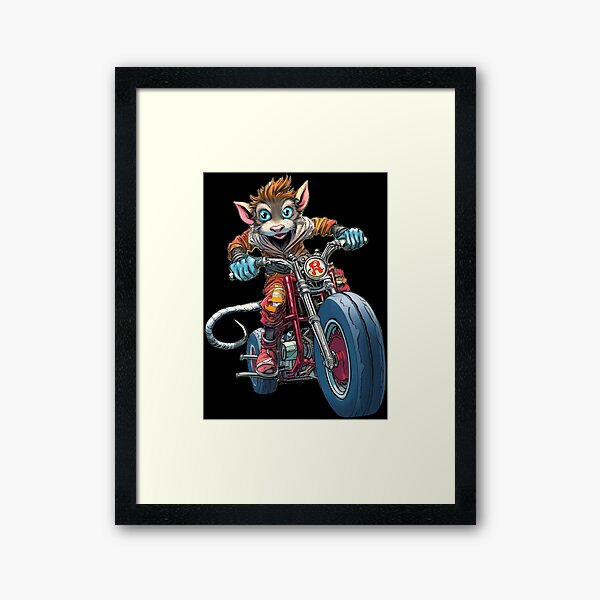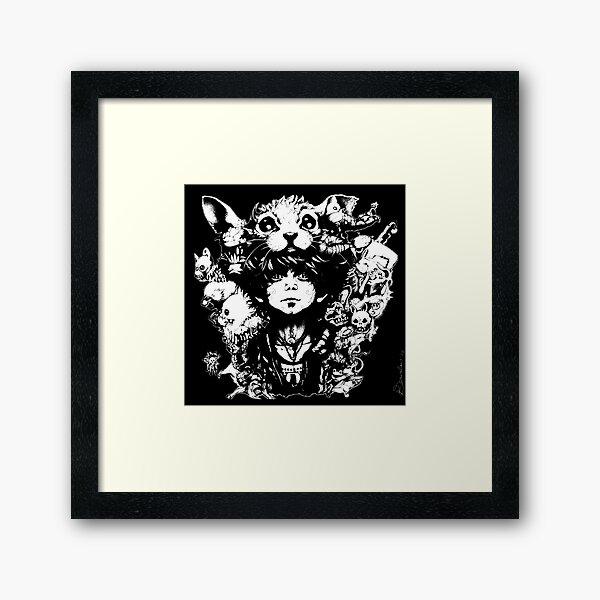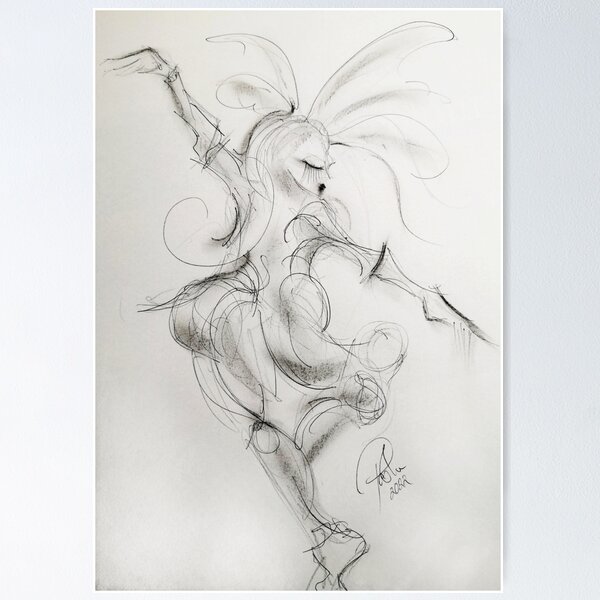The Curse of the Baskervilles
In the heart of London, on a foggy evening, Dr. John Watson was reflecting on recent cases with his companion and world-renowned detective, Sherlock Holmes, when an unexpected visitor arrived: Dr. James Mortimer. Dr. Mortimer, a tall, nervous man, presented Holmes with a perplexing tale and an ancient manuscript—an old family legend about the Baskerville family, dating back hundreds of years.
The story went that Hugo Baskerville, a reckless ancestor, had met a dark fate. In his pursuit of a farmer’s daughter across the moors, Hugo was said to have unleashed a supernatural hound, a creature so fierce it tore him to shreds, leaving a curse on his bloodline. Generations later, Sir Charles Baskerville, the latest family heir, had been found dead at his Dartmoor estate, his face frozen in terror. Nearby, on the damp ground, were paw prints—far too large for any ordinary dog.
Dr. Mortimer insisted there was something unnatural about Sir Charles’s death, and now, with Sir Henry Baskerville, the last living Baskerville, arriving in England to claim his inheritance, he feared for the young man’s life.
Holmes, intrigued by the mix of folklore and reality, decided they would protect Sir Henry and uncover the truth. Watson would accompany Sir Henry to Baskerville Hall while Holmes attended to other matters in London but remained a silent observer, ready to intervene when needed.
Meeting Sir Henry








.png)













































